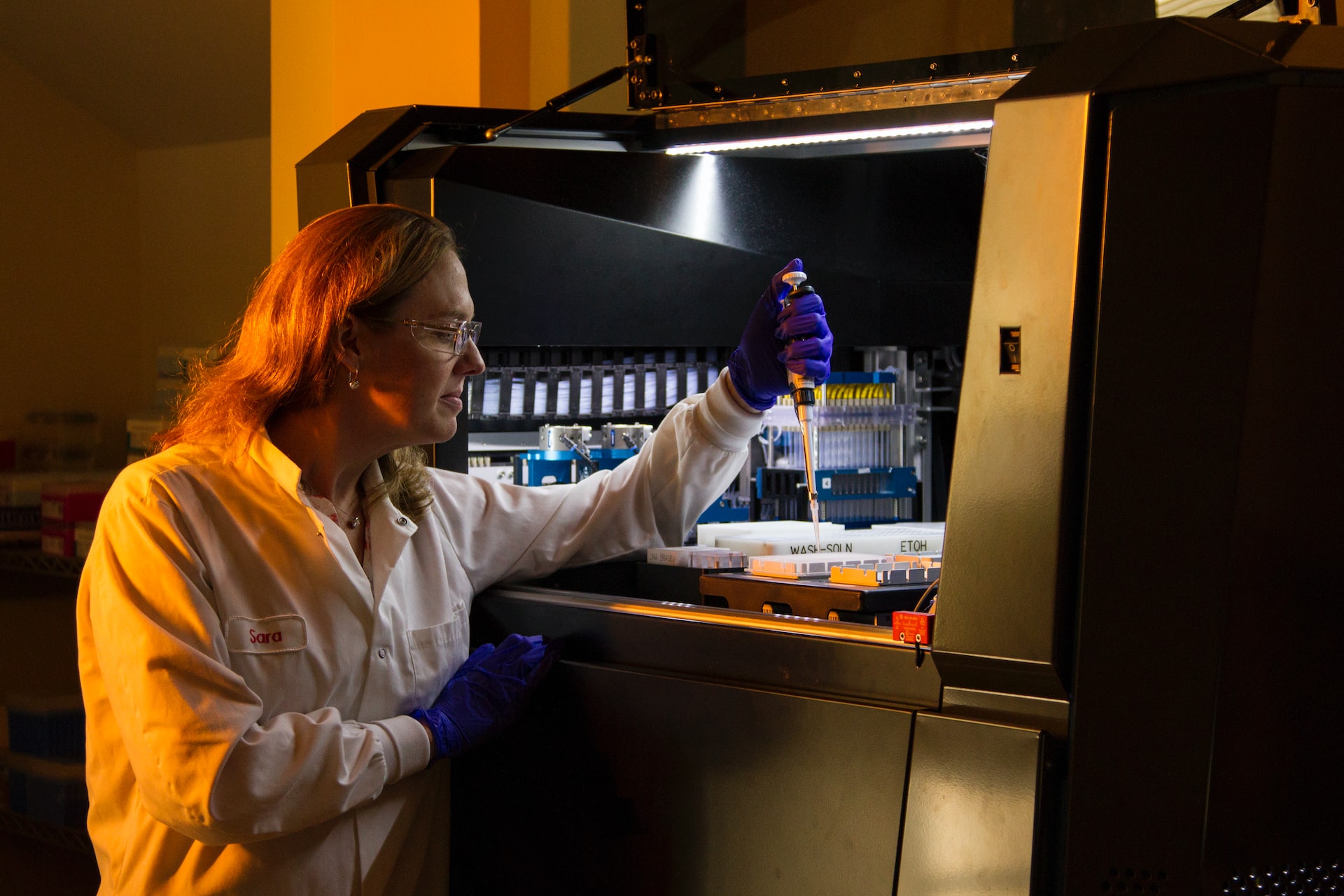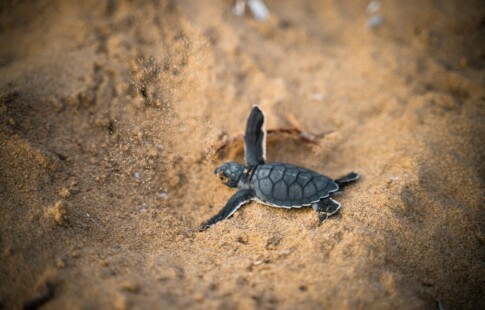
What Is Bioengineering and How Can It Help the Environment?
We are reader-supported. When you buy through links on our site, we may earn affiliate commission.
As the threat of climate change looms closer, the world needs more ways to become more sustainable. One of the most promising fields that can help with that goal is bioengineering. You might’ve heard the term before, but what exactly is bioengineering, and how can it help protect the environment?
What Is Bioengineering?
As its name suggests, bioengineering combines engineering and biological principles. More specifically, it’s the application of engineering tools and concepts to biological systems.
Some of the most familiar examples of bioengineering come from the medical field. Artificial hip replacements, 450,000 of which happen every year in the U.S., are the product of bioengineering. While these might be some of the most recognizable examples, they’re far from the only ones. Biological engineering has vast potential in environmental fields, too.
Genetically engineered organisms are one of the most promising applications of this field for the environment. Researchers across the globe are finding ways to give plants new characteristics, making them stronger, healthier, less resource-intensive or helping them enable new, eco-friendly products. While some of these individual changes may seem small, they can have a considerable impact.
How Can Bioengineering Help Save the Planet?
Now that you know what bioengineering is, you may wonder how it can help protect the environment. The possibilities are virtually endless, especially as research in the field continues, but here are some of the most significant ways it can help.
Growing More Resilient Crops
Some of the biggest environmental issues bioengineering can tackle come from agriculture. Farming is a resource-intensive industry but a necessary one and one that climate change threatens. Bioengineered crops can help farms reduce their ecological footprints while maximizing yields.
As climate change grows more severe, it’ll be harder to produce enough food to feed everyone, but farms already use a lot of natural resources. Some bioengineered crops can produce higher yields while using less water and soil nutrients, helping solve this issue. Farms can then increase how much they grow without expanding or consuming more limited resources.
Similarly, bioengineering can make crops more resistant to extreme weather. That could look like requiring less water, being more temperature-resistant or being able to grow in nutrient-deficient soil. Whatever the specifics, these modifications will help farms withstand climate change.
Making Fertilizers and Pesticides More Sustainable
Another way bioengineering can improve farming’s sustainability is by making eco-friendly fertilizers and pesticides. Many farms today use synthetic chemical products that can run off into the surrounding environment and damage the natural wildlife. Even natural alternatives can pose risks to some species if there’s too much of it, but bioengineering offers a solution.
Biofertilizers use genetic engineering to boost some microorganisms’ natural fertilizing benefits. The resulting microbes may be able to produce more natural fertilizer than non-modified ones or have fewer negative effects.
Pesticides can experience similar benefits. Biopesticides can improve the efficacy of natural repellants while avoiding the damage that purely synthetic pesticides may cause. That way, farms can ensure they grow enough food to feed people without taking a toll on the surrounding environment.
Creating Alternative Fuels
Bioengineering can help the environment outside of the agricultural industry, too. Another leading use case for this field of study is the creation of green fuels. Biofuels could help energy and transportation reduce their greenhouse gas emissions with minimal modification to existing infrastructure.
First-generation biofuels, which come directly from food crops, and second-generation fuels, which come from non-food crops, aren’t ideal because they’re resource-intensive. Bioengineering has enabled third-gen biofuels, which come from algae. These fuels can produce far more energy with less impact on the environment.
Bioengineering turns algae into fuel, but it can also make this process itself better. Right now, third-gen biofuels are expensive and complicated to produce, but bioengineering could find new ways to create or refine these fuels. As that happens, low-cost, low-emissions fuel could become a reality.
Producing Eco-Friendly Materials
Another benefit of bioengineering for the environment is the production of more sustainable materials. The most familiar example of this is bioplastic. Plastic poses many environmental issues thanks to its toxicity and inability to break down, but bioplastics can be biodegradable or more easily recyclable, offering a less destructive alternative.
Construction materials can benefit from bioengineering in the same way. Conventional materials like concrete carry high carbon footprints, but bioengineering can modify natural resources to make strong but sustainable alternatives. Some companies have looked into using engineered mushrooms to make bricks, while others are producing low-carbon, self-healing concrete with biological materials.
Similar advances can help the fashion industry, too. Bioengineered plant materials can create new fabrics and dyes that offer the same protection and comfort without the typical high carbon footprint. Virtually every industry can benefit from bioengineered materials in some way.
Developing Meat Substitutes
A more recognizable application of bioengineering for the environment is artificial meat. While things like transportation often come to mind first, livestock is responsible for considerable greenhouse gas emissions, so meat isn’t very eco-friendly. Bioengineering can produce replacements so people can get the protein and taste they need without the carbon footprint.
Many imitation meat companies today use bioengineered yeast to give their products a meaty flavor and texture. While this still involves some carbon emissions from the farming necessary, these are far lower than meat. Producing this engineered yeast and growing vegetables is less energy-intensive and generates fewer emissions than raising livestock.
Bioengineering can create similar low-carbon alternatives to eggs and other animal products, too. As these grow and become more popular, it’ll be easier for people who are used to eating less eco-friendly foods to switch to a more sustainable diet. Over time, that could result in a significant reduction in greenhouse gas emissions.
Bioengineering Can Help the Environment in Many Ways
While many people may not know what bioengineering is, they’re likely familiar with some of its applications. As this field of study grows, new ways to help the environment will emerge. It’ll become easier and easier to adopt a sustainable lifestyle as a result.
Bioengineering has already made a significant impact on the environment. With more research and technology adoption, these benefits will only grow. While these improvements alone won’t stop climate change, they provide needed resources to do so.
Share on
Like what you read? Join other Environment.co readers!
Get the latest updates on our planet by subscribing to the Environment.co newsletter!
About the author

Jane Marsh
Starting from an early age, Jane Marsh loved all animals and became a budding environmentalist. Now, Jane works as the Editor-in-Chief of Environment.co where she covers topics related to climate policy, renewable energy, the food industry, and more.





